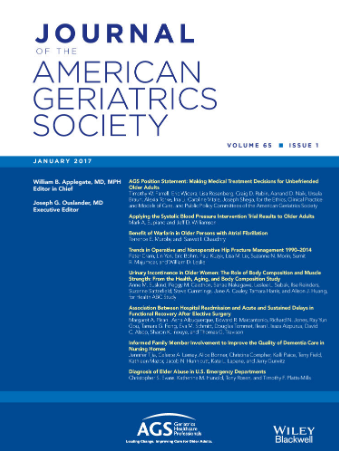Disparities in Timely Receipt of Home Healthcare: Neighborhood Disadvantage and Delayed Start-of-Care Visits in New York City
Abstract
Background
Research has shown that delayed receipt of home healthcare (HHC) is linked to negative patients' outcomes such as hospitalizations, emergency department visits, and death. Studies have looked at factors contributing to delays including high-unemployment areas and racial/ethnic backgrounds of patients. However, no previous study had examined how the deliverance of timely care differs among levels of neighborhood disadvantage within an urban city. The objective of this study was to assess if there were associations between neighborhood disadvantage and delayed start-of-care (SOC) HHC visits.
Methods
We conducted a retrospective observational study on newly admitted HHC patients after a hospital discharge during the years 2021 and 2022. The total sample included 73,536 HHC episodes of care. We used log-binomial regressions to examine the association between a delayed SOC HHC visit, defined as a first HHC visit occurring after 48 h of hospital discharge, and neighborhood disadvantage, adjusting for patients' age, race, sex, and clinical status.
Results
Close to one-third (23,712; 32.3%) of HHC episodes experienced a delayed SOC HHC visit. As the level of neighborhood disadvantage increased, so did the risk of experiencing delayed care. After adjusting for covariates, patients living in the most disadvantaged neighborhoods (level 5) had a 13% (RR 1.13; 95% CI 1.10–1.17) higher risk of experiencing delayed care when compared to those in the least disadvantaged neighborhoods (level 1). As the level of neighborhood disadvantage increased, so did the proportion of minority patients.
Conclusions
These findings underscore the disparities in receipt of timely HHC among differing levels of neighborhood disadvantage. As HHC is presented as a safer and more comfortable alternative to institutional post-acute care, ensuring the availability and equitable care is essential for maintaining high-quality care especially for already marginalized populations.

 求助内容:
求助内容: 应助结果提醒方式:
应助结果提醒方式:


